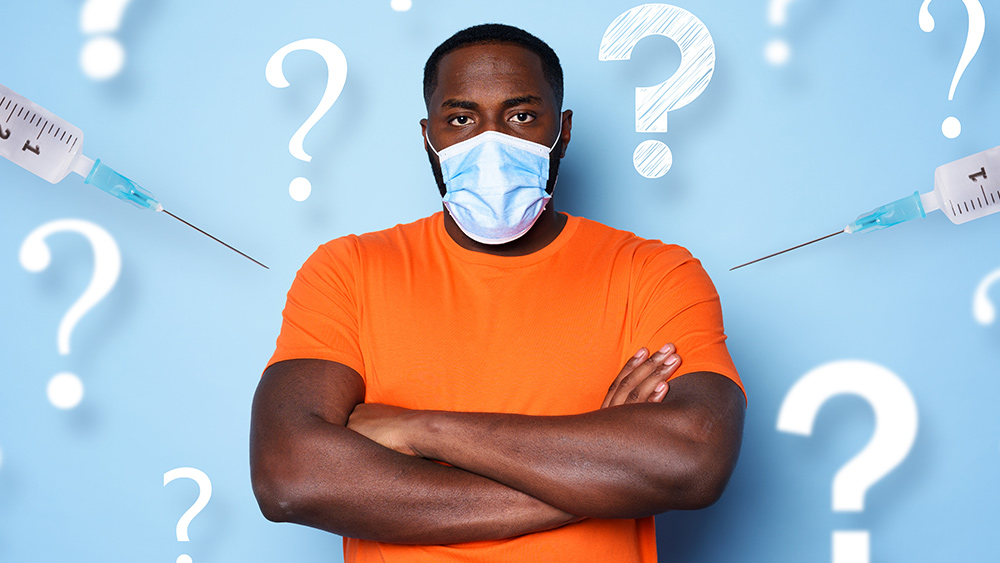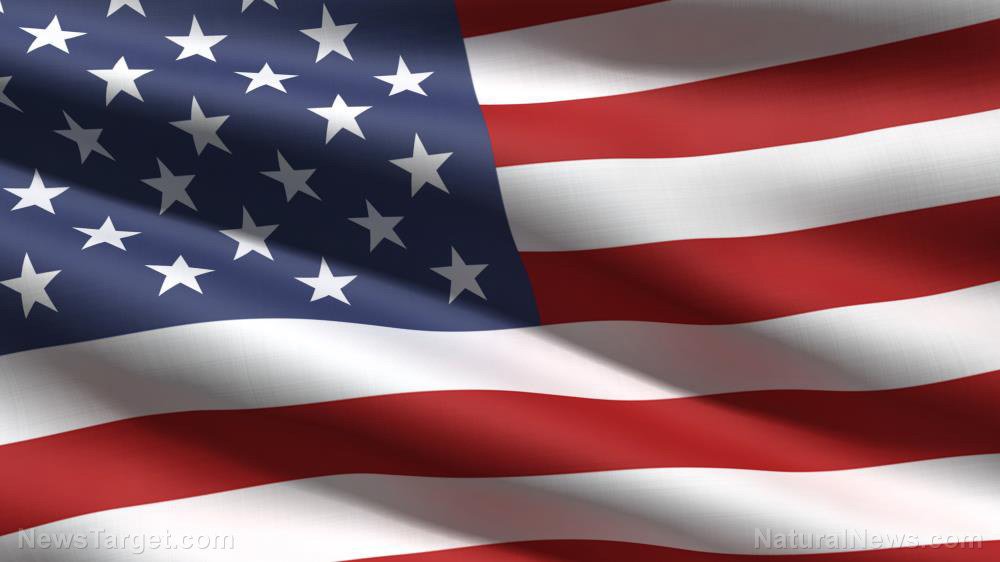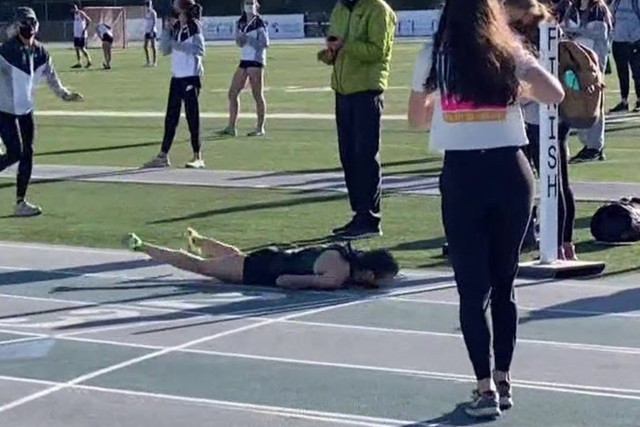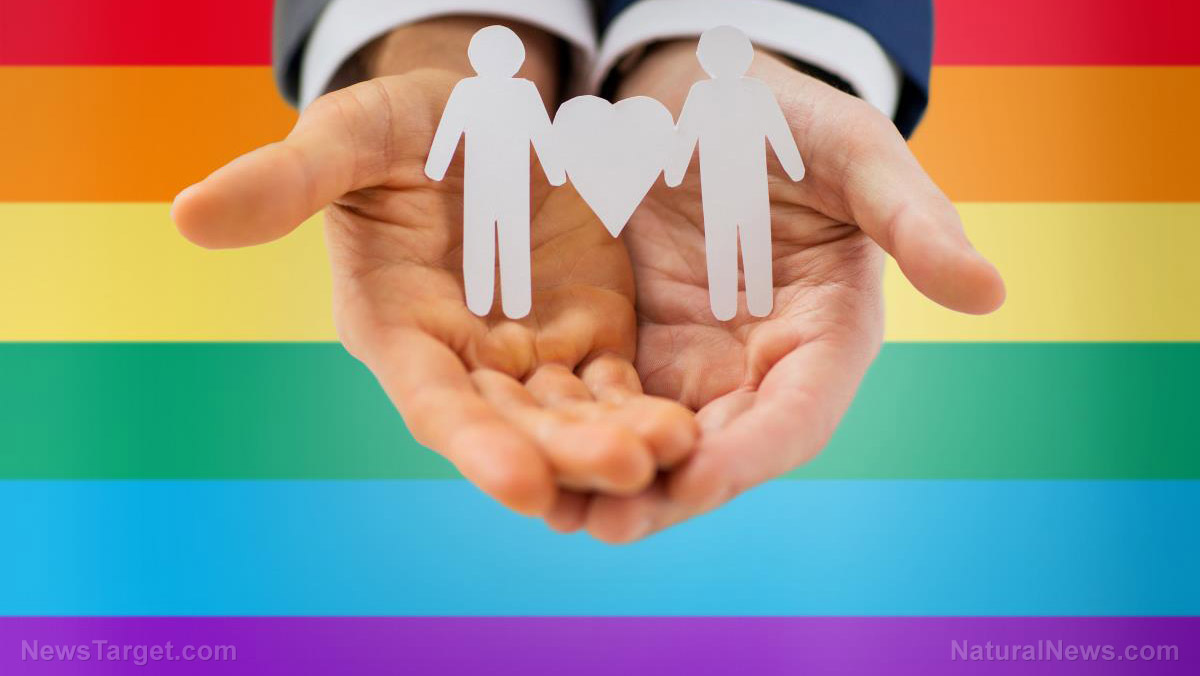RULED BY SILICON: Airports turn to ROBOTS to enforce COVID protocols as air travel normalizes
04/13/2022 / By Ramon Tomey

As air travel approaches pre-pandemic levels, major U.S. airports have turned to robots to ensure Wuhan coronavirus (COVID-19) protocols are followed.
Robots are now in charge of checking if travelers comply with COVID-19 mask mandates inside the Dallas Love Field Airport (DLFA) in Texas, reported the Dallas Morning News. The seven-foot-tall machine named the Security Control Observation Tower (SCOT) can also assist passengers and warn travelers flouting air transport rules. SCOT can also call airport security and operations in case additional help is required.
According to DLFA spokeswoman Lauren Rounds, two SCOT units were installed last month to “determine if they are capable of efficiently supplementing current airport operations.” One machine was installed near the baggage reclaim area, while the other one was installed near security checkpoints.
“The units currently make scheduled and detection-based announcements directed toward our passengers and visitors. Some of these focus on reducing vehicular congestion at our curb using license plate recognition, increasing federal mask compliance using facial recognition technology,” added Rounds.
While the SCOT robots at DLFA check if travelers comply with federal mask mandates on public transportation, other robots help clean and disinfect the airport premises. The Breezy One robot now aids human staff members in two airports under the Houston Airport System to ensure surfaces remain clean. The system spent almost $1 million dollars in 2021 for six Breezy One units, with four units deployed at the George Bush Intercontinental Airport (GBIA) and two at the William P. Hobby Airport (WPHA).

Breezy One disinfects frequently touched surfaces such as tables, chairs, doorknobs and keyboards using an environmentally safe disinfectant. One unit can decontaminate more than 150,000 square feet of space in an hour, reported CultureMap. (Related: Hong Kong airport trying out innovative technologies to prevent coronavirus spread.)
According to GBIA Terminal Manager Sam Rea, the Breezy One robots have enabled the airport to step up cleanliness amid the COVID-19 pandemic. “With the onset of the pandemic, we needed to explore new and innovative solutions so that when people come through the airports, they feel safe and secure.”
Meanwhile, WPHA Custodial Services Manager Traci Rutoski lauded New Mexico-based Build With Robots, the company behind Breezy One, for providing the airport with the “best tools to keep passengers, employees and stakeholders safe.”
Questions abound regarding use of robots and masks in airports
Several individuals have pointed out possible issues with regard to the use of robots in airports. Attorney Adam Schwartz is one of them, voicing out concerns with DFLA’s adoption of SCOT.
“It is concerning that an airport has installed a new system of artificial intelligence. It raises a lot of questions about what that technology is doing,” said Schwartz. The senior staff attorney for digital privacy rights group Electronic Frontier Foundation also mentioned that more and more institutions and companies have turned to artificial intelligence to monitor spaces.
Aside from the use of robots, others have also questioned the need for people to mask up on board airplanes and inside airports. Airlines for America (A4A), a coalition of U.S. carriers, called on the Biden administration to drop COVID-19 protocols for air travel – including mask mandates and pre-departure COVID-19 tests.
“The science clearly supports lifting the mask mandate. [Doing so] in airports and onboard aircraft can be done safely,” wrote A4A in a March 23 letter. It cited guidance from the Centers for Disease Control and Prevention stating that 99 percent of the U.S.’s population can eschew indoor masking. It also mentioned two studies, including one from the Department of Defense, concluding that an airplane cabin is one of the safest indoor environments.
“It makes no sense that people are still required to wear masks on airplanes – yet are allowed to congregate in crowded restaurants, schools and at sporting events without masks, despite none of these venues having the protective air filtration system that aircraft do.”
Head over to Robots.news for more stories about the use of robots in airports.
Watch David Knight discusses surveillance technology being used at the John F. Kennedy Airport in New York below.
This video is from The David Knight Show channel on Brighteon.com.
More related stories:
Security robot that can spot suspicious individuals now being used at Dubai airport.
TSA tries out new biometric ID system – is this yet another infringement on travelers’ rights?
Airliner kicks off family, cancels entire plane journey because baby wasn’t wearing a face mask.
Sources include:
Submit a correction >>
Tagged Under:
airports, artificial intelligence, big government, Breezy One, computing, covid-19, cyborg, future tech, innovations, inventions, mask mandate, medical fascism, Medical Tyranny, pandemic, robotics, robots, SCOT, transportation
This article may contain statements that reflect the opinion of the author




















